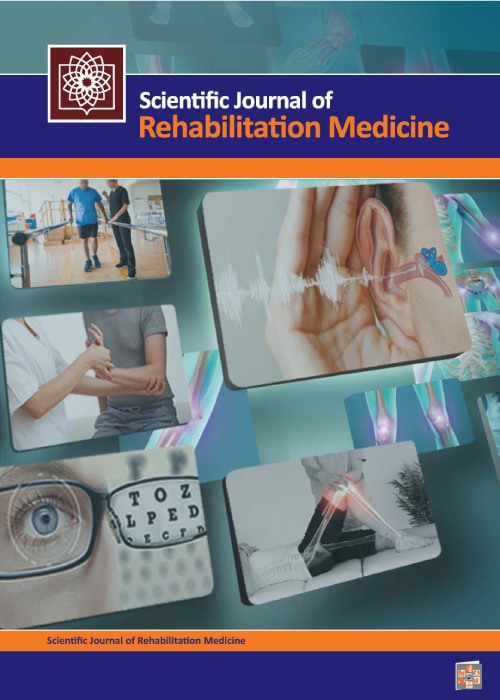The Effect of Creative and Traditional Games on Motor Coordination and Creativity in Action and Movement in Girls 6 to 7 Years Old
Creative solutions are essential to success in sports, the development of talent, and the selection system, and it is important to be flourished in the early years. On the other hand, the play environment is one of the most effective environments in supporting the motor creativity of preschool children. This study aimed to investigate the effect of creative and traditional games on motor coordination and creativity in action and movement in girls aged 6 to 7 years.
The present quasi-experimental study is an applied study that was conducted with a pretest-posttest design. A total of 107 girls aged 6-7 years were selected by the available sampling method based on inclusion and exclusion criteria and divided into two creative and traditional games. Demographic questionnaire, thinking creatively in action and movement (TCAM) test, motor coordination test (The Körperkoordinations test für kinder [KTK]), and motor games were used. The practice protocol included creative movement games such as crab-style walking relief competition, bubble game, hungry wolf, play with small colored balls, balloon games, and traditional games. For the pretest and posttest, the TCAM and KTK tests were performed. Data were analyzed using combined factor analysis of variance with repeated measures and Bonferroni post hoc test using SPSS software, version 22.
The results showed that the main effect of the evaluation steps was significant (P=0.001) for the motor coordination variable and was better in both groups posttest in the motor coordination test. The main effect of the group is significant (P=0.001), and the creative exercise group had better motor coordination in the posttest. The interaction effect of the group in the evaluation stages is significant (P=0.001). The average total score of creativity and components of fluidity, initiation, and imagination in the posttest was higher in the pretest, and the creative game group obtained higher scores in these components. Performing creative games had a more significant effect on children’s creativity, movement, and physical coordination than traditional games.
The children’s physical coordination and motor creativity increase with the practice of creative games. Children’s motor creativity skills, especially mental skills, and their originality and imagination are supported through play. It is better to use creative practice and games to develop children’s mental and motor skills during school physical education hours.
- حق عضویت دریافتی صرف حمایت از نشریات عضو و نگهداری، تکمیل و توسعه مگیران میشود.
- پرداخت حق اشتراک و دانلود مقالات اجازه بازنشر آن در سایر رسانههای چاپی و دیجیتال را به کاربر نمیدهد.


